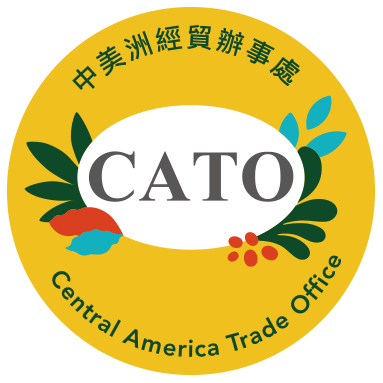ROC Cabinet expands overseas student recruitment
2015/06/15
Boosting Taiwan’s talent pool through expanded recruitment of international students is a top policy goal of the government going forward, according to Premier Mao Chi-kuo June 11.
“We are facing a major demographic change and brain drain through the steady export of high-end professionals and import of entry-level workers,” Mao said. “All relevant agencies should address this issue and help the private sector in recruiting and retaining quality professionals, students and workers from home and abroad.”
The premier made the remarks following a Cabinet briefing by the Overseas Community Affairs Council on increasing incentives for foreign students to remain in country and work after graduation.
A points-based system was launched last July to facilitate this goal, Mao said, adding that 2,000 spots were offered to overseas graduates during the first year and 693 applications approved by the end of May.
“The OCAC plans to further diversify recruitment channels, broadening the scope to encompass overseas students pursuing vocational education while strengthening efforts to create postgraduate opportunities.”
Regions targeted under the scheme comprise Southeast Asian countries boasting strong Taiwan industrial links such as Indonesia, Malaysia, Myanmar, the Philippines, Thailand and Vietnam, as well as Japan and South Korea. It is expected this undertaking will lift the number of new students to 25,000 per year in 2025, with 44 percent eventually joining the nation’s workforce.
“The overseas student policy is a cornerstone of the nation’s education system,” Mao said. “These students develop a deep affection for the country and play an instrumental role in consolidating international support for Taiwan whether they stay or return home.”
As the full effect of the OCAC’s recruitment and employment strategy begins to be felt, the premier said he looks forward to the government making more short-term headway in addressing Taiwan’s demographic and labor issues.
Source: Taiwan Today (http://taiwantoday.tw/ct.asp?xItem=231432&ctNode=413)











